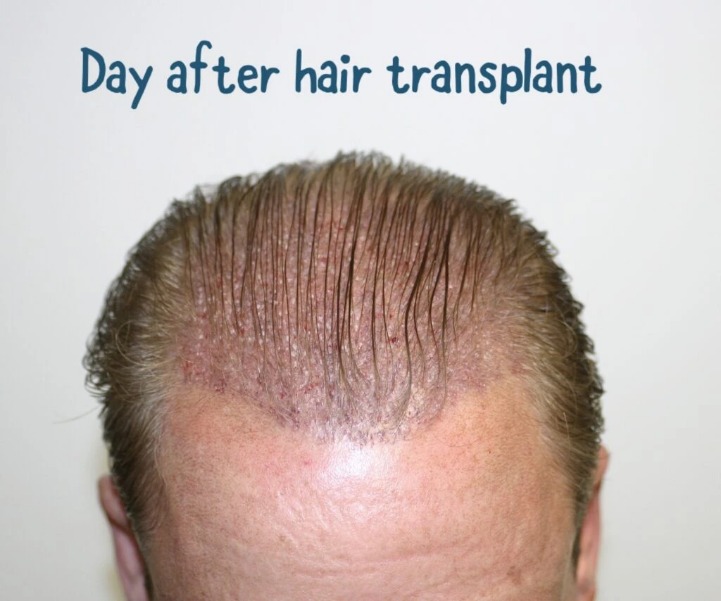In recent years, the demand for hair transplant procedures has grown exponentially. With advancements in medical technology and techniques, this once specialized field has become accessible to a wider audience, providing effective solutions for those struggling with hair loss.
What is a Hair Transplant?
Read more about dr grahame shaw hair transplant reviews here.
At its core, a hair transplant is a surgical procedure in which hair follicles are moved from one part of the body to another. The most common donor site is the back or sides of the scalp, where hair is typically more resistant to balding. This hair is transplanted to areas experiencing thinning or complete hair loss, such as the crown, front, or top of the head.
Types of Hair Transplant Procedures
There are primarily two techniques used in modern hair transplant surgeries:
Follicular Unit Transplantation (FUT)
In the FUT method, a strip of scalp is removed from the donor area and then dissected into individual follicular units. These units are then implanted into the balding areas. The primary advantage of FUT is that it allows for the transplantation of a large number of grafts in a single session, but it may result in a linear scar at the donor site.
Follicular Unit Extraction (FUE)
FUE, on the other hand, involves the individual extraction of hair follicles from the donor area using a micro-punch tool. These follicles are then transplanted to the desired area. This technique is less invasive than FUT and does not leave a significant scar, making it a popular choice among patients.
Benefits of Hair Transplants
A successful hair transplant offers numerous benefits:
- Natural Appearance: Modern techniques ensure that transplanted hair looks natural and blends seamlessly with existing hair.
- Permanence: Since the transplanted hair follicles are resistant to balding, the results are generally long-lasting.
- Boost in Confidence: Hair restoration can significantly improve self-esteem and psychological well-being.
Preparing for a Hair Transplant
Before undergoing a hair transplant, it is crucial to have a comprehensive consultation with a qualified surgeon. They will assess the extent of hair loss, discuss the various options available, and establish realistic expectations. Pre-operative instructions might include avoiding certain medications, alcohol, and smoking to ensure the best possible outcome.
Post-Operative Care
After the procedure, following the surgeon’s care instructions is essential for optimal healing and results. This may involve taking prescribed medications, avoiding strenuous activities, and attending follow-up appointments. Patients can expect some swelling and mild discomfort, but these symptoms typically subside within a few days.
Is a Hair Transplant Right for You?
While a hair transplant can be life-changing, it is not suitable for everyone. Ideal candidates are those with a sufficient amount of donor hair and realistic expectations about the outcomes. Consulting with an experienced hair restoration specialist is the first step towards making an informed decision.
In conclusion, hair transplants offer a viable solution for individuals struggling with hair loss. Understanding the different techniques, benefits, and necessary preparations can aid in making informed choices and achieving renewed confidence.





